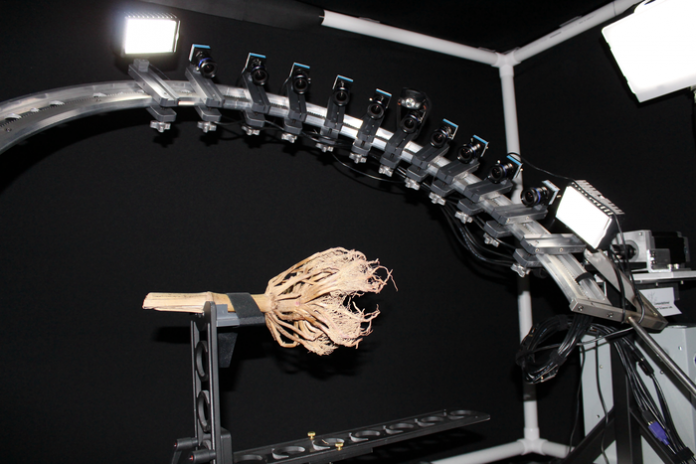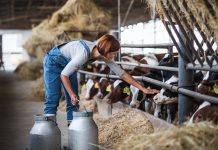
Overheating is creating issues for agriculture across the globe – now, scientists think that adapting plant roots to the heat could protect food security
Plant physiologist and computer scientist, Alexander Bucksch, associate professor of Plant Biology at the University of Georgia, said: “When there is a problem in the world, humans can move. But what does the plant do?
“It says, ‘Let’s alter our genome to survive.’ It evolves.”
Our ability to grow enough food to support the population despite a changing climate, and to fix carbon from the atmosphere in the soil are critical to the survival of every species. Right now, there are major predictions from several climate scientists on the situation of food security in future – including how people in the Global South will suffer steep impacts from pollution largely created in the Global North, through less functional agriculture.
People are afraid of starving, if well-trusted rains dry up and heat cycles fluctuate.
Creating imaginary root evolutions via tech
Bucksch and colleagues introduce DIRT/3D (Digital Imaging of Root Traits), an image-based 3D root phenotyping platform that can measure 18 architecture traits from mature field-grown maize root crowns excavated using the Shovelomics technique.
“Biologists primarily look at the one root structure that is most common — what we call the dominant root phenotype,” said Bucksch.
“But people forgot about all of the other phenotypes. They might have a function and a role to fulfill. But we just call it noise. Our system will look into that noise in 3D and see what functions these roots might have.”
In their experiments, the system reliably computed all traits, including the distance between whorls and the number, angles, and diameters of nodal roots for 12 contrasting maize genotypes with 84% agreement with manual measurements.
What will this mean for farmers and climate scientists?
Scientists will help farmers adapt their plants, to survive their changing climate.
Individuals who use DIRT/3D to image roots will soon be able to upload their data to a service called PlantIT that can perform the same analyses that Bucksch and his collaborators describe in their recent paper, providing information on a wide range of traits from young nodal root length to root system eccentricity.
This data lets researchers and breeders compare the root systems of plants from the same or different seeds.
‘Giving farmers the tools’ is the outcome, says Dr Babson
“The DIRT/3D platform enables researchers to identify novel root traits in crops, and breed plants with deeper, more extensive roots,” said ARPA-E ROOTS Program Director Dr David Babson.
“The development of these kind of technologies will help promote climate change mitigation and resilience while also giving farmers the tools to lower costs and increase crop productivity. We’re excited to see the progress that the team at PSU and UGA has made over the course of their award.”
Not enough food in the future is ‘elephant in the room’
“The potential, with DIRT/3D, is helping us live on a hotter planet and managing to have enough food,” Bucksch said.
“That is always the elephant in the room. There could be a point where this planet can’t produce enough food for everybody anymore, and I hope we, as a science community, can avoid this point by developing better drought adapted and CO2 sequestering plants.”
The research is supported by the ROOTS program of the Advanced Research Projects Agency–Energy (ARPA-E) and a CAREER award from National Science Foundation (NSF).










